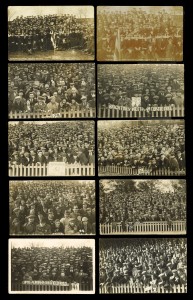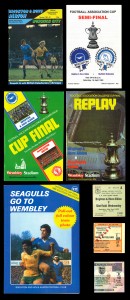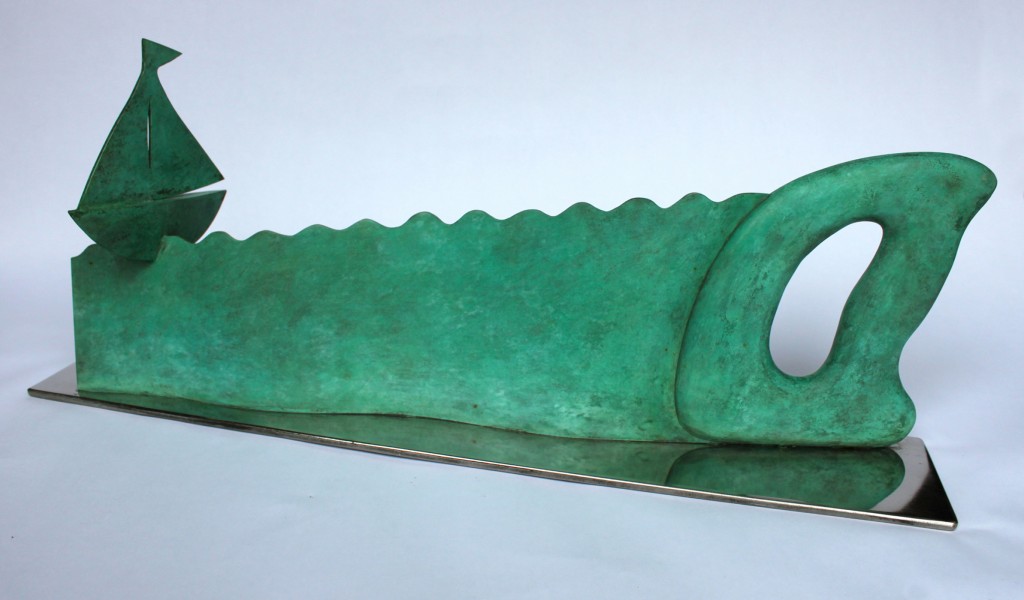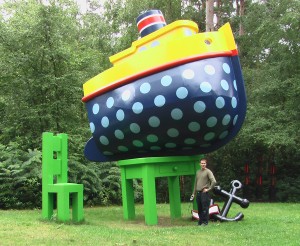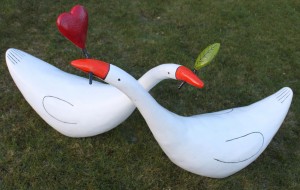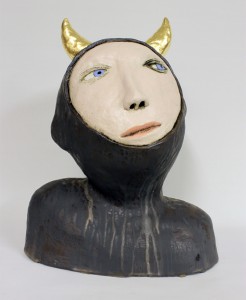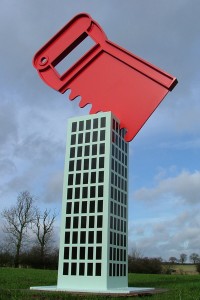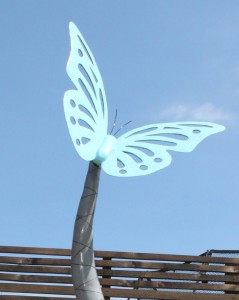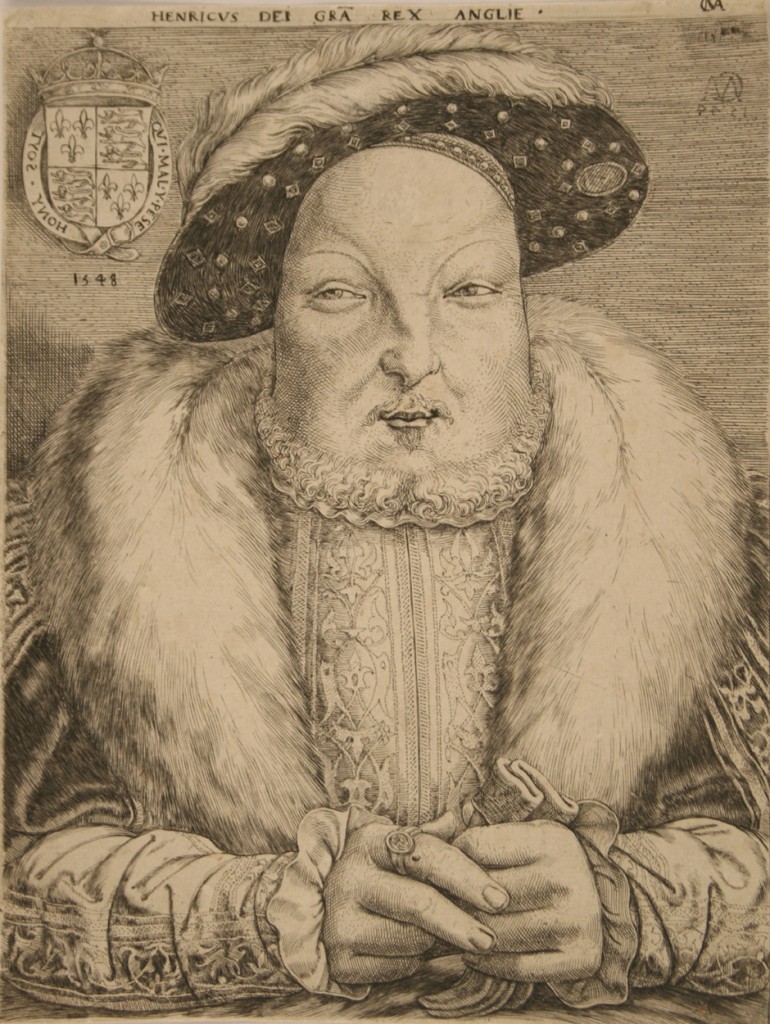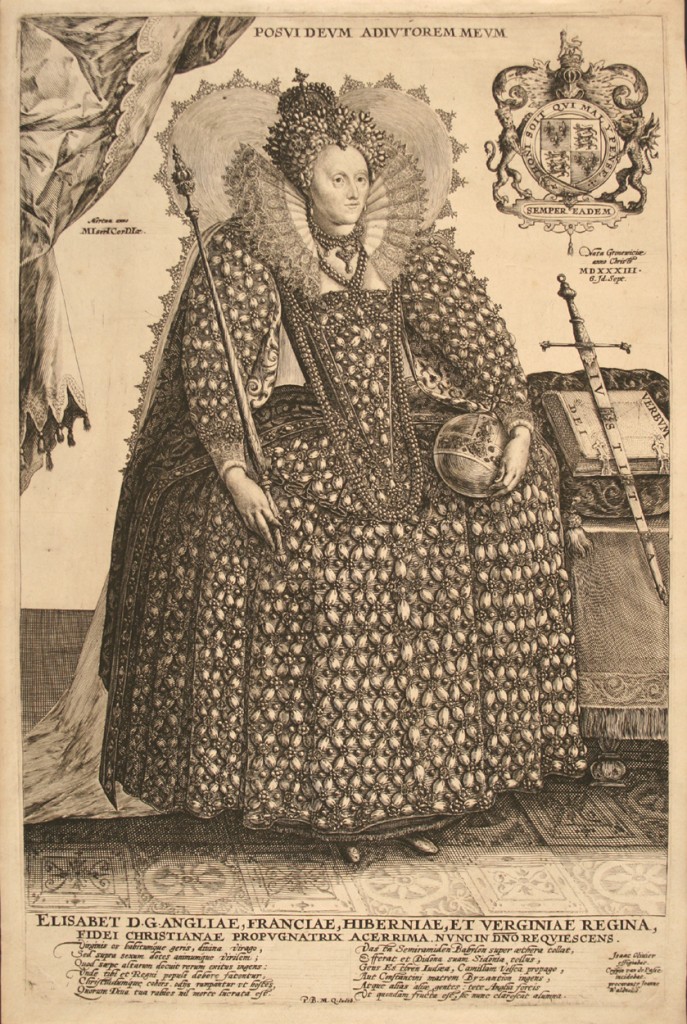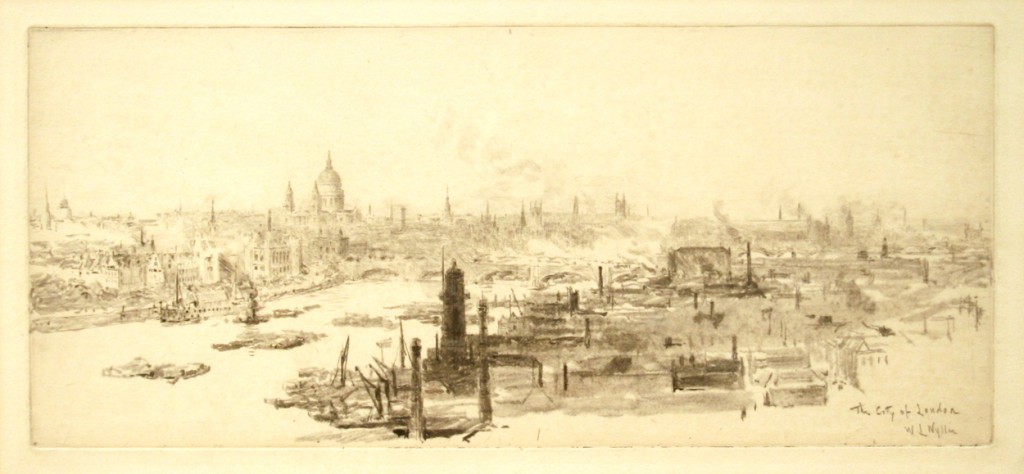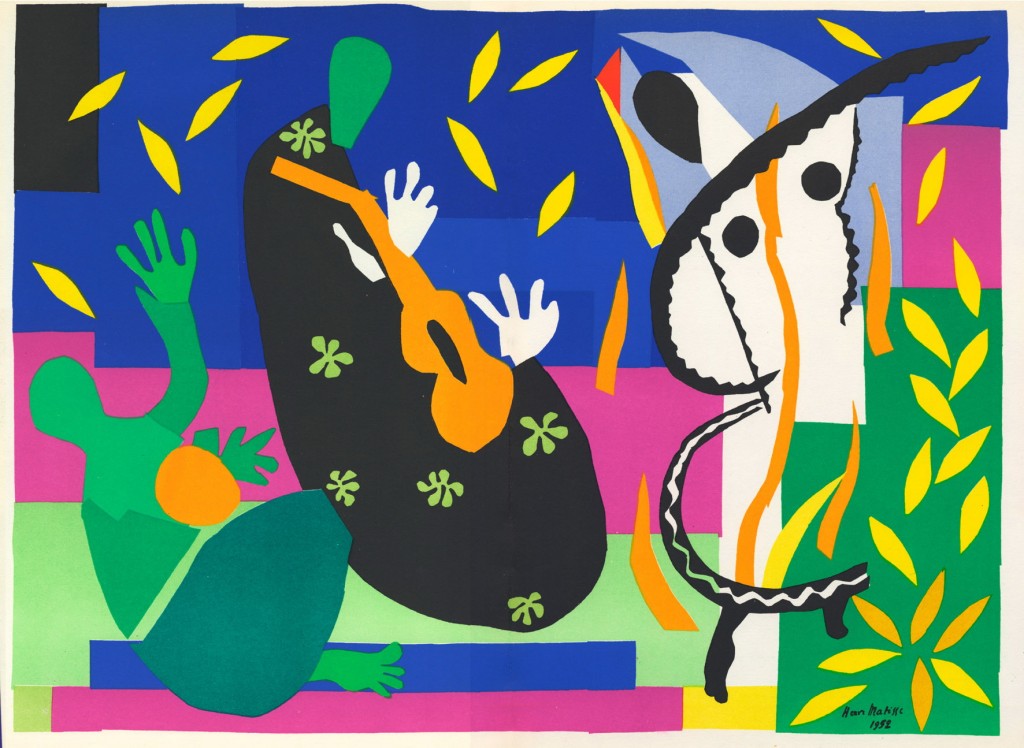
Thanks to sponsorship by Toovey’s auction house and the Hayward Gallery, Horsham Museum and Art Gallery is able to host an exhibition of Matisse’s later work. Opened just two years ago the Art Gallery was a new venture for the Museum, with the hope that it would be able to offer visitors and the community of the district the opportunity to see, admire and become inspired by art. ‘MATISSE: Drawing with Scissors, Late Works 1950-1954 – A Hayward Touring Exhibition from Southbank Centre, London’ is an amazingly colourful exhibition that reveals how Matisse was one of the twentieth century’s leading artists and designers – even while bedridden he was able to create iconic work with his ‘drawing with scissors’ series. It will inspire those who find the brush and pencil a barrier to art.
As the Hayward Gallery notes, “The French painter, sculptor and designer, Henri Matisse (1869-1954) was one of the twentieth century’s most influential artists. His vibrant works are celebrated for their extraordinary richness and luminosity of colour. Matisse: Drawing with Scissors, a Hayward Touring exhibition from the Southbank Centre, London, features 35 lithographic prints of the famous cut-outs, produced in the last four years of his life, when the artist was confined to his bed. It includes many of his iconic images, such as The Snail and the Blue Nudes.” Matisse continued creating highly original works into his eighties. For his cut-outs he used paper hand-painted with gouache, laid down in abstract or figurative patterns: “the paper cut-out allows me to draw in the colour… Instead of drawing the outline and putting the colour inside it… I draw straight into the colour.” The colours he used were so strong that he was advised by his doctor to wear dark glasses.
The lithographic reproductions in this exhibition are taken from a special double issue of Verve, a review of art and literature, published by Tériade, a major publisher of fine art books in 1958.
Matisse began his working life as a lawyer, before going to Paris to study art in 1890. At first strongly influenced by the Impressionists, he soon created his own style, using brilliant, pure colours, and started making sculptures as well as paintings. In 1905 he and his colleagues were branded the Fauves (wild beasts) because of their unconventional use of colour, and it was during this time that he painted his celebrated Luxe, Calme et Volupté (Luxury, Tranquillity and Delight). “There is no gap between my earlier pictures and my cut-outs,” Matisse wrote “I have only reached a form reduced to the essential through greater absoluteness and greater abstraction.”
‘Matisse: Drawing with Scissors’ opens on 28 April and closes 26 May 2012. For further information contact Horsham Museum.
